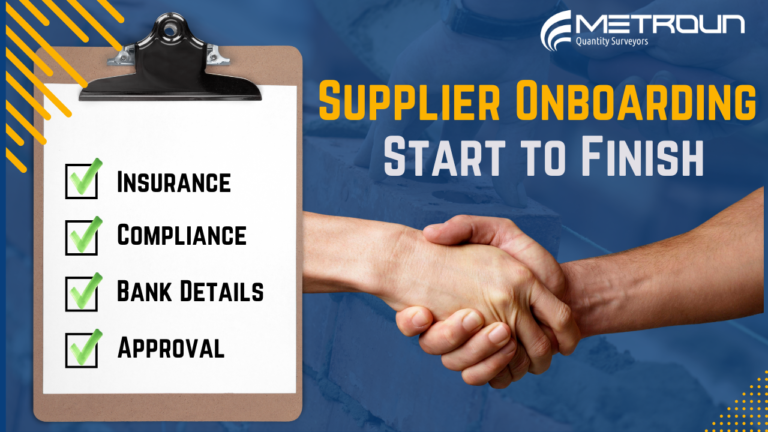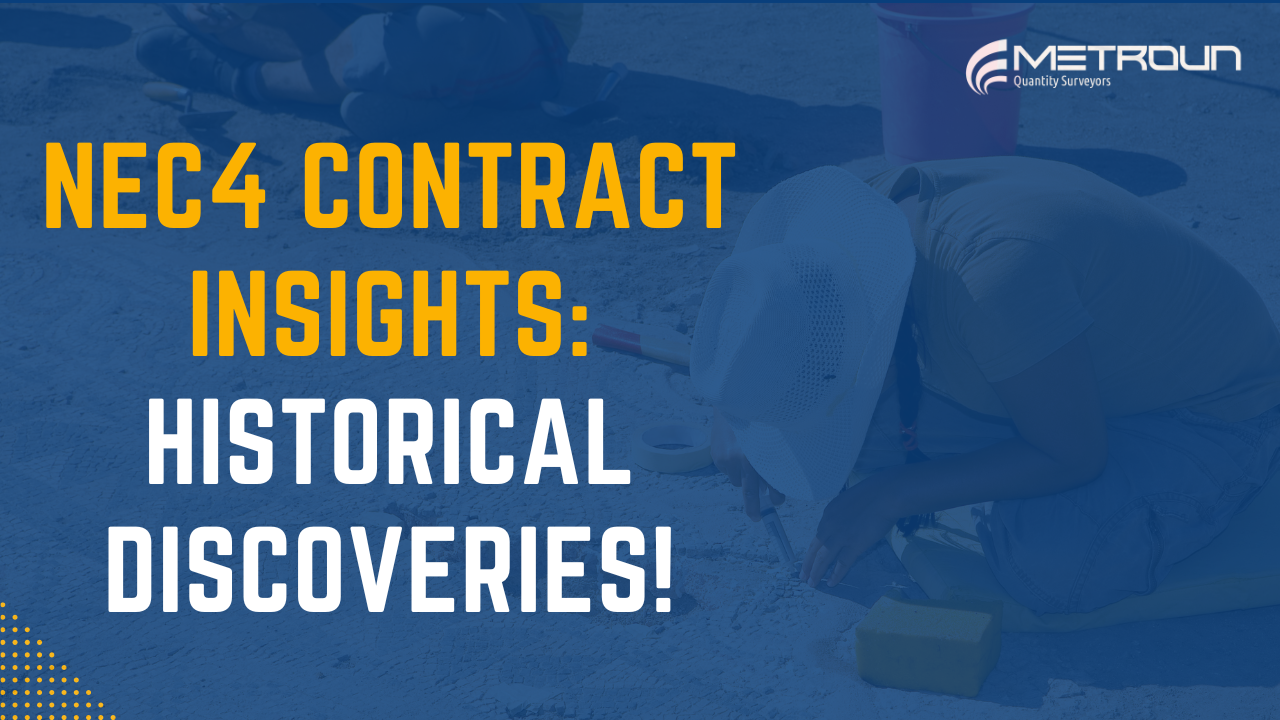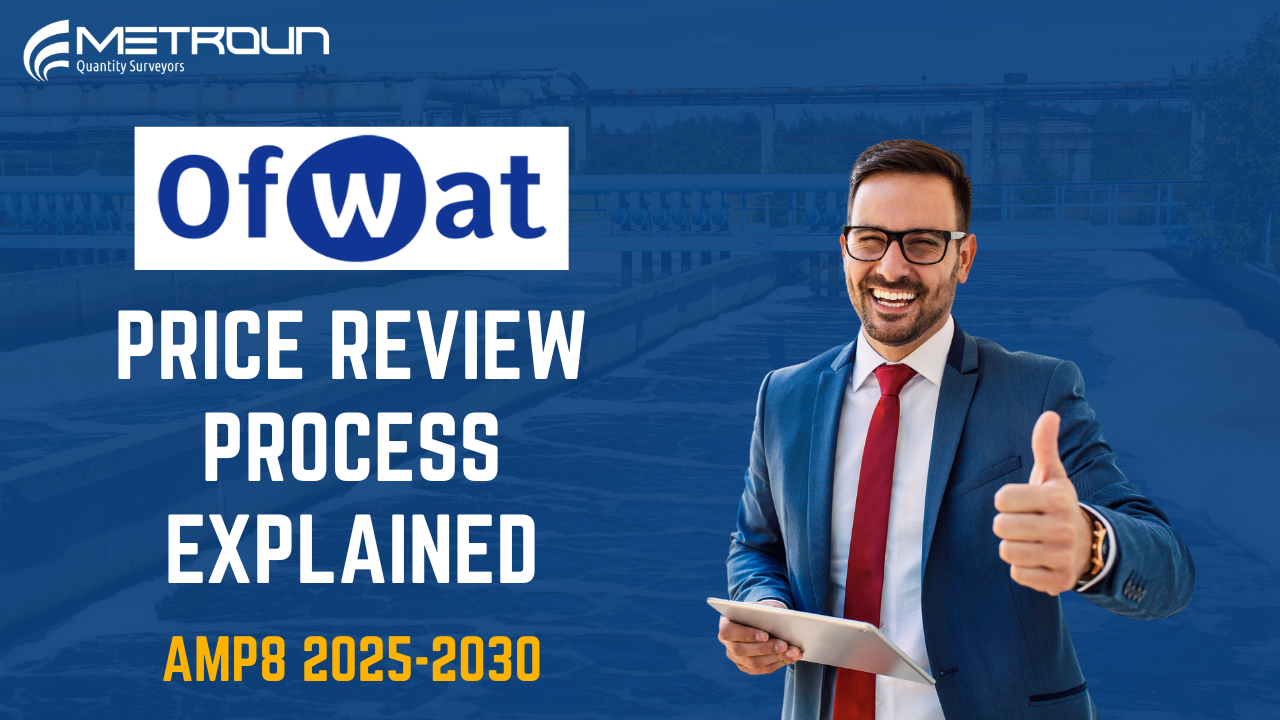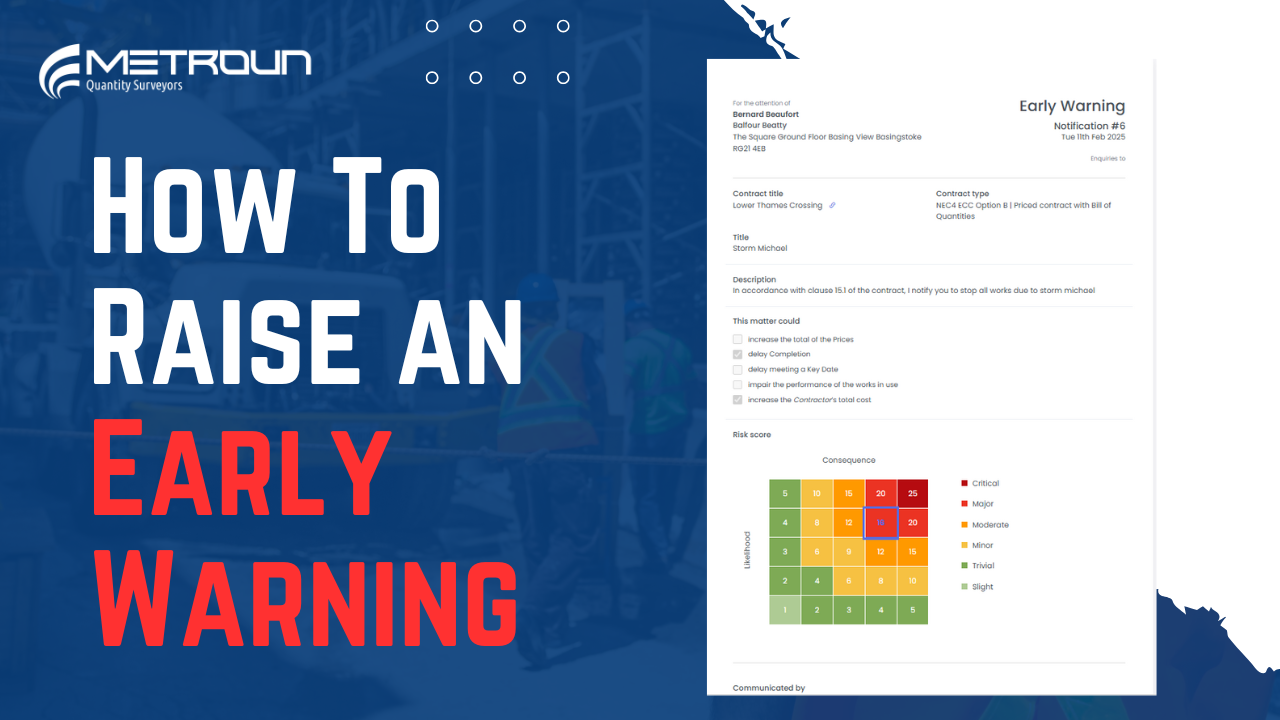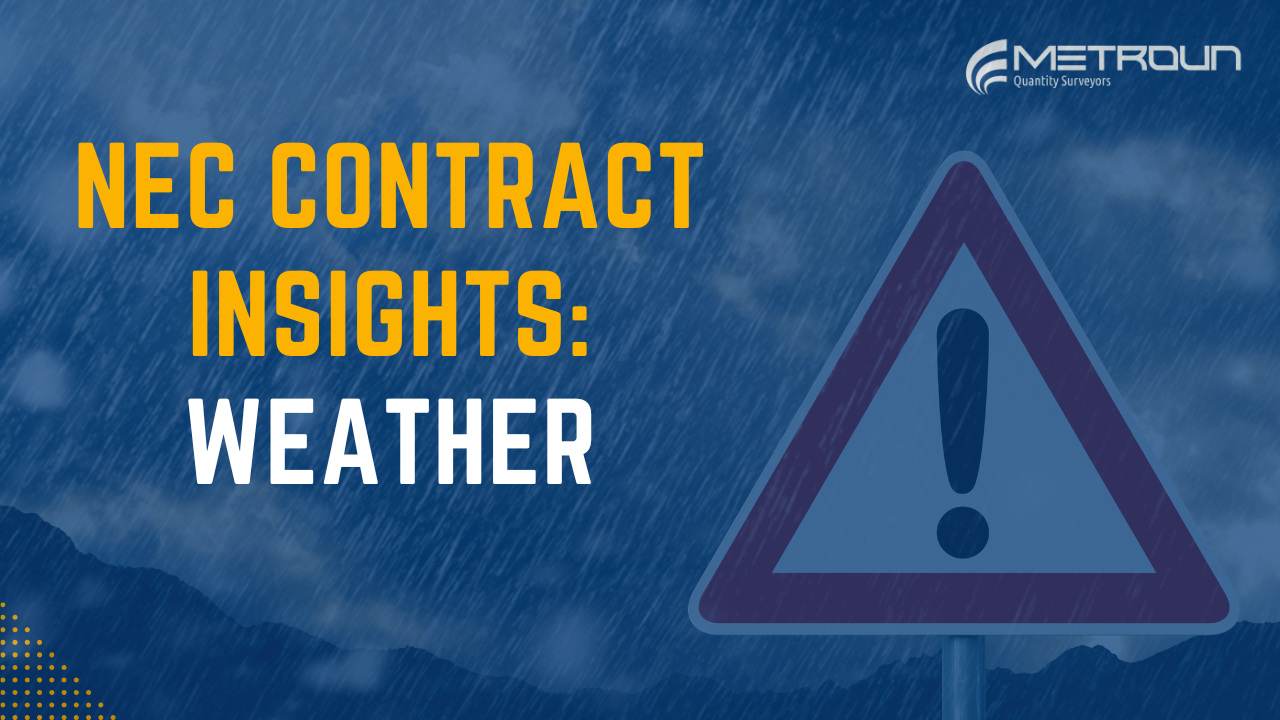In this article, we breaking down the supplier onboarding process. Whether you’re needing to go through this process yourself, or just curious about how it works, we’ve got you covered. Let’s dive in.
What is Supplier Onboarding?
Supplier onboarding is the process of collecting, verifying, and approving all necessary information about a supplier before they can officially work with an organisation. It’s all about building trust, ensuring compliance, and setting up a smooth working relationship from the very start (1).
Key Steps in the Supplier Onboarding Process
1. Gathering Company Details
This step involves organisations collecting essential information about a supplier to confirm their legitimacy. Key details include:
- Registered company name
- Address and contact details
- Company registration number
- VAT number
These details help organisations ensure they are working with legitimate, professional suppliers (2).
2. Collecting Bank Details
Accurate bank details are vital for setting up direct payment processes. This step helps to ensure timely and error-free payments, which are essential for maintaining a positive working relationship (3).
3. Completing a Pre-Qualification Questionnaire (PQQ)
The PQQ is a standard document used to assess a supplier’s suitability. It typically includes:
- Experience and References: Examples of similar projects the supplier has completed.
- Certifications: For instance, ISO 9001 for quality management.
- Health and Safety Policies: Evidence that the supplier follows robust safety practices.
- Sustainability Commitments: Information about the supplier’s environmental policies.
Organisations use the PQQ to ensure that all suppliers meet necessary standards and align with their values (1).
4. Providing Insurance Documents
Insurance is a key component of risk management. Suppliers are generally required to have:
- Public liability insurance
- Employer’s liability insurance
- Professional indemnity insurance
- Contractors All Risk Insurance (C.A.R)
These documents ensure that all parties are protected during the collaboration (2).
5. Compliance and Legal Checks
Organisations often perform due diligence by checking for any past or ongoing legal issues or regulatory violations. Transparency in this step helps establish trust and mitigate potential risks (3).
6. Submission and Review
Once all required information and documents are submitted, they are reviewed thoroughly. This process ensures that everything is accurate and complete. Follow-ups may occur if additional information is needed (1).
7. Approval and Onboarding
After successful review, the supplier is approved and formally onboarded. This includes providing access to procurement systems and establishing the groundwork for future collaboration (2).
Why Is The Supplier Onboarding Process Important?
Supplier onboarding is not just an administrative process. It’s a critical step in ensuring that organisations work with reliable and compliant suppliers. It mitigates risks, ensures legal and industry compliance, and lays the foundation for a productive partnership (1, 3).
Introducing Metroun Learning
Metroun Learning is an online education platform, specific to Quantity Surveyors which can satisfy all your formal CPD needs. We offer over 45 hours of formal CPD, with new courses added each month. Although all courses amass to 45 hours of formal CPD, each individual course has been engineered so it can be completed during your lunch break. This can save you time, money & reduce your carbon footprint. Metroun Learning will not only satisfy your formal CPD needs, but you’ll also gain access to:
- The QS Dictionary
- Industry-Ready Templates
- Metroun AI
- And a variety of construction conversion calculators
To join Metroun Learning, simply click here


